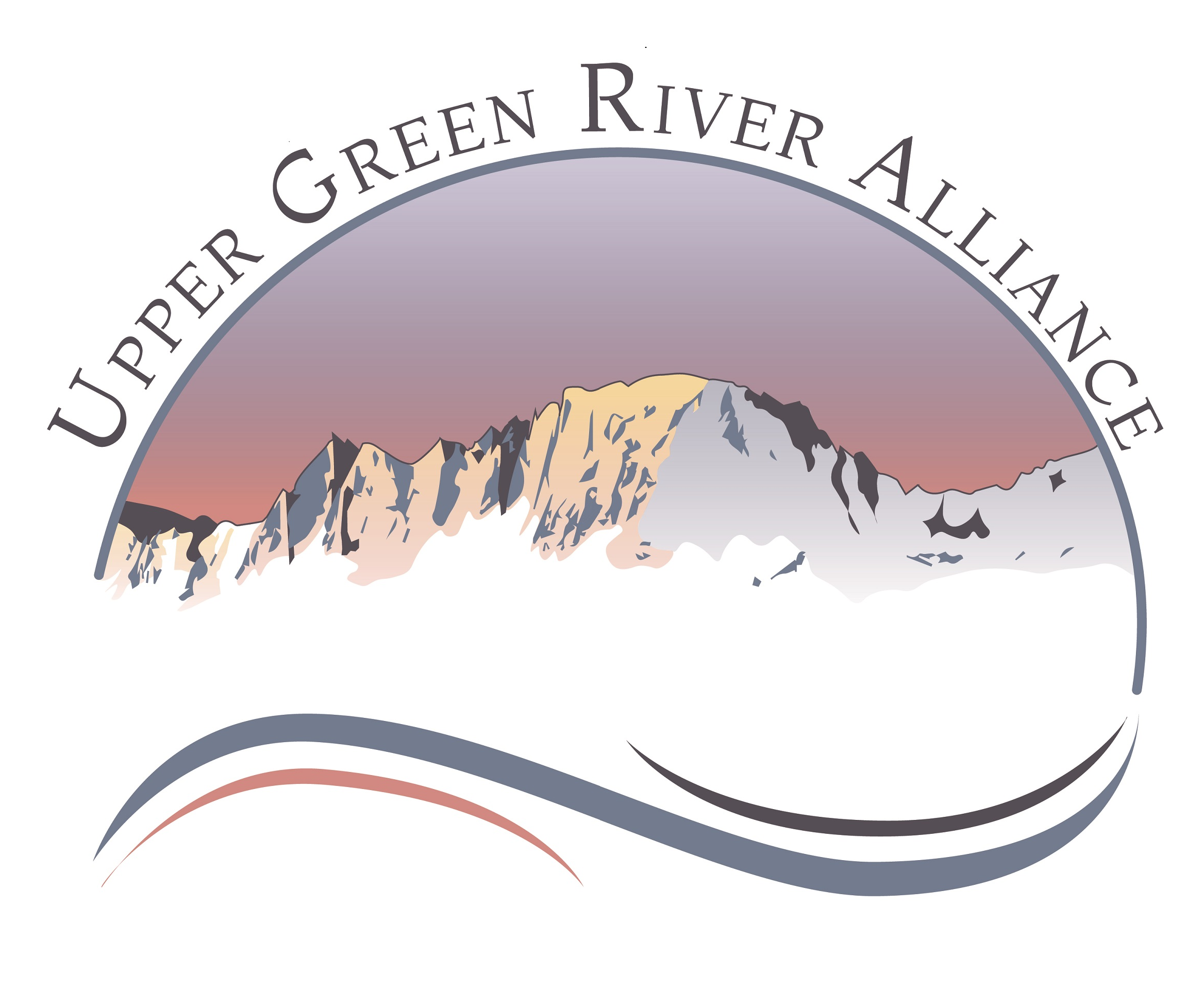The Pronghorn Migration to Winter Range in the Upper Green River Valley
For over 6,000 years, a spectacular, intermountain migration has quietly streamed through western Wyoming. North America’s natives, pronghorn antelope have forged routes beside the Great Divide, trailing deep-rooted, ancient pathways between mountain valleys and desert sagebrush. From Wyoming’s Upper Green River Valley to Grand Teton National Park, these vast landscapes harbor centuries of tradition in one of the western hemisphere’s longest migratory corridors.
Access is Essential
Access to crucial winter range via traditional migration corridors is essential for long-term survival, especially during winters with deep snows and extremely cold temperatures. Following guideposts imperceptible to the human eye, this migration occurs with territorial fidelity. When winter bears down, pronghorn often travel in large groups: swift, long strings of tan and white, blending seamlessly into the landscape like prairie spirits.
The Sagebrush Sea
The “Path of the Pronghorn” leads to the vast expanses of the valley’s winter range, where tens of thousands of pronghorn seek shelter from the harsh cold and deep snows in the north. To survive, pronghorn require sagebrush not buried by snow. Because snow depth and forage vary yearly, pronghorns need great expanses of habitat to survive the winter. Access to vital winter range along ancient corridors is essential for survival.
Migration Bottlenecks
Along the way the migration route narrows in places, forcing pronghorn logjams that constrict migration. These “bottlenecks” skirt cliffs, squeeze between rivers, and intersect human industry.
To protect the pronghorn migration, the US Forest Service has boldly proclaimed the nation’s first National Pronghorn Migration Corridor in Wyoming’s Bridger-Teton National Forest.
To help pronghorns’ passage, millions of dollars in “wildlife-friendly” fencing has replaced old barbed wire fences that prevented passage for traveling pronghorns and other migrants.
The Trapper’s Point
Area of Critical Environmental Concern
The Bureau of Land Management closed the Trappers Point Area of Critical Environmental Concern to mineral leasing and development. This historic area is one of several, threatened migration “bottlenecks” where disturbance may have severed wildlife migration between summer and winter ranges.
The Upper Green River Alliance worked with the Wildlife Conservation Society and other partners to create, install and maintain the Trapper’s Point Interpretive Site near Pinedale.
The Wyoming Dept. of Transportation's Big Investment in Migration Corridor Protection
- The Transportation Commission allocated nearly $10 million dollars to build two wildlife overpasses for pronghorn and six underpasses for mule deer and other migrating wildlife at Trapper’s Point
- In the first year alone, the project has reduced wildlife / vehicle collisions by 85%
- This project saves millions of dollars in user costs over the life of the structures
- The overpasses and underpasses vastly increase safety for travelers
- Most importantly, this project enhances connectivity between winter and summer range for thousands of animals
Trapper’s Point overpass on Hwy. 191 outside Pinedale, WY
One of two overpasses and six underpasses built to ease wildlife migration in the Upper Green River Valley
Where Protection Ends
The northern section of the “Path of the Pronghorn” is protected for about half its length from Trapper’s Point to Grand Teton National Park. But the southern part of the migration route that leads to crucial winter range is where “Path of the Pronghorn” protection ends.
24,000 Natural Gas Wells
Across the southern reaches of the Upper Green River Basin, human industry spreads its influence deep into the valley’s core. Over 24,000 natural gas wells have been drilled, permitted, or are waiting on approval. Jonah Energy is now permitted to drill 3,500 more in the “Normally Pressured Lance” Field.
With 3,500 additional NPL wells, and new O&G leasing, our wildlife faces a “wall of wells.”
Pronghorn Populations Are Declining, Along With Greater Sage-Grouse; Many Other Species Are Reliant on the Sagebrush Ecosystem
The Sublette pronghorn herd has declined by 56% over the past decade!
To Protect This Extraordinary Phenomenon
For over 6,000 years, this pronghorn migration route carved into the sagebrush desert has led from Grand Teton National Park to crucial winter range in the Upper Green River Valley. Grand Teton Nat’l. Park is renowned for its complete suite of large, native animals, including pronghorn. Pronghorn are the only endemic ungulates in North America.
However, the status of the GTNP pronghorn populations are threatened, pivoting mostly on development in the natural gas fields of the Upper Green River Basin.
The Path of the Pronghorn from Grand Teton National Park to Crucial Winter Ranges in the Upper Green River Valley
These priority pronghorn migration routes (in blue) pass from summer range in GTNP to winter range in the Upper Green River basin.
To protect the Path of the Pronghorn the Upper Green River Alliance advocates for protection of the traditional, irreplaceable Path of the Pronghorn from Trapper’s Point south to the Little Colorado Desert.

